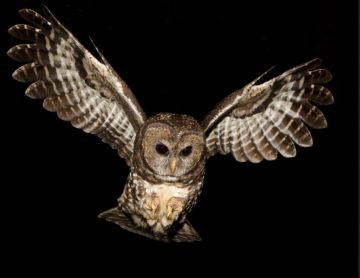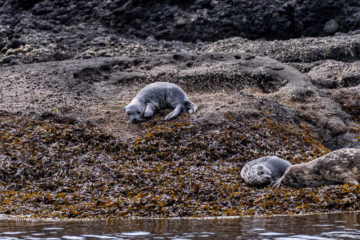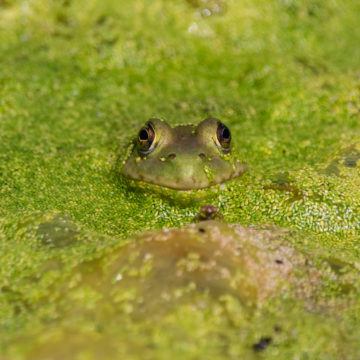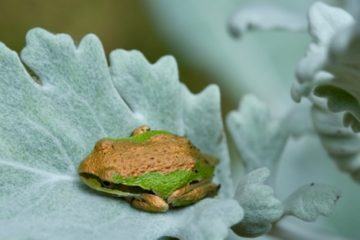by David Greer

The northern spotted owl (Strix occidentalis caurina) and the southern resident orca (Orcinus orca) are dramatically different animals that employ curiously similar predation techniques, and both face extinction thanks in large part to their choice of prey.
The northern spotted owl, one of three subspecies of spotted owls, is slightly smaller than a raven and inhabits mature forests along the Pacific coast of North America from southwestern British Columbia to northern California. The southern resident orca, sometimes called the killer whale, occupies the same part of the world and is found primarily in the coastal waters of British Columbia, Washington and Oregon, and most especially throughout the Salish Sea.
Though the extinction threats they face are different in nature, there is one very similar root cause—the fact that they are both fussy eaters.
The diet of the spotted owl consists primarily of two small rodents: bushy-tailed wood rats (otherwise known as pack rats) and flying squirrels. Like most other owls, the spotted owl hunts primarily in the dark. To catch its prey efficiently with minimal expenditure of energy, it has evolved two remarkable and complementary aptitudes: exquisite hearing and silent flight. Unlike some owl species that prowl at night in search of prey, the spotted owl simply perches in a tree, waits motionless, and intently listens. If it hears the scratching of pack rat toenails on a log or the soft impact of a flying squirrel landing on a tree trunk, it unfolds its wings and launches towards the sound. Like other owls, the spotted owl has evolved a structure and texture of feathers that ensures an almost soundless flight. Read more »




